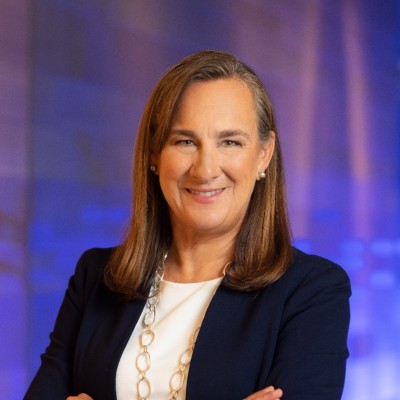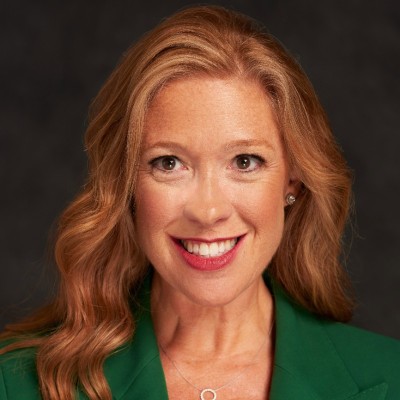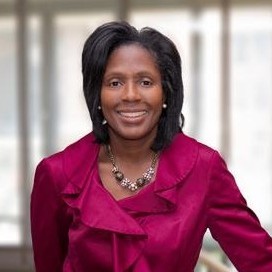Women who arrive at the top should be able to thrive at the top. But instead, they’re judged to be lucky to survive — even more so with pandemic pressures overwhelming their already busy family and professional lives. So what does it take for women to flourish in leadership roles today? These two female CEOs, and one male, demonstrate what impactful leadership looks like today.
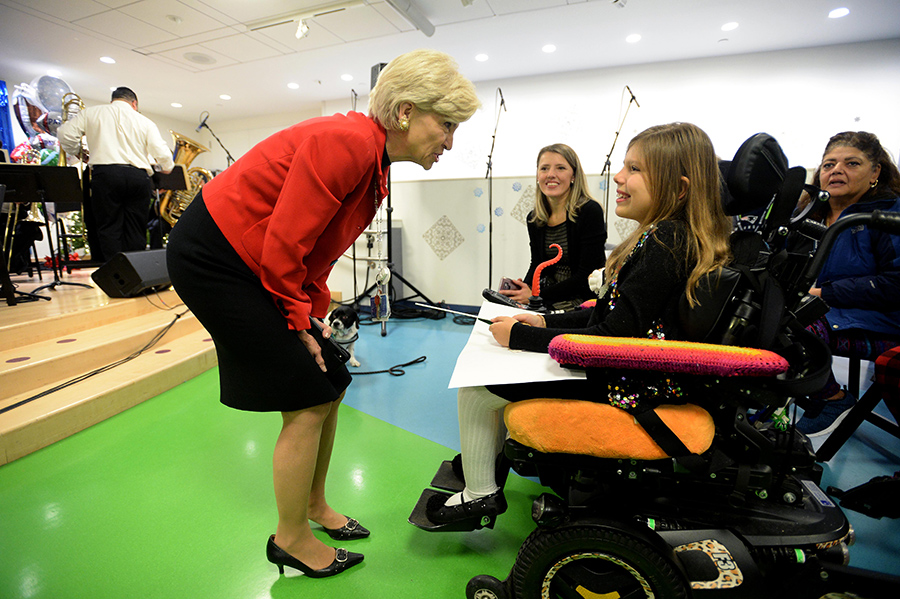
1. Leading with Head and Heart
Sandra Fenwick / Former CEO of Boston Children’s Hospital
Fenwick led a team of 20,000 people dedicated to improving and advancing child health through their life-changing work in clinical care, biomedical research, medical education, and community engagement. She retired in March of 2021. Here is her advice for navigating leadership as your best self on what she calls your “journey of significance.”
Learn to Be a Learner
Leading from your best self is about what you do and how you do it. The three Cs are a great inner compass: curiosity, courage, and compassion. In my case, curiosity and courage make things better for people and patients. Doing it with caring and kindness and thinking about people is where compassion is essential. Either working with people or on behalf of people, it returns to using your head and heart. What you do and how you do it.
Leading with compassion means caring about people, knowing them, their cares, awareness of human spirit, struggles, desires, their own goals. Then balancing the logic with the emotion. Thinking about how you can be a tough, hard businessperson but never forgetting the importance of the people you work with and the values that are part of those relationships.
Doing things that improve the lives of people is what I love. I’m not a doctor. I decided not to go to medical school. I’m not a scientist, a researcher, so I’m not discovering things.
But I’ve always wanted to be in health care and help others. So it’s about doing it through others, enabling them to do their work, providing them with opportunities, supporting their work, supporting their development, providing them with the environment, the resources they need. So that has been my reward and my personal return: watching and seeing what can be done through other people. That is why people are such a part of my journey of significance.
Align Best Self with Strategic Priorities
I led a multidimensional turnaround at Boston Children’s, and one of my jobs was to set a strategy for a broken organization. We had to determine how to survive and thrive as an independent children’s hospital and one of the strong Harvard Medical School institutions. What needed to be done and in what order?
The first thing I did was ask, “What do we have to do immediately?” I wrote this down on a piece of paper that I still keep under my phone: fix the finances; build a culture of trust, respect, and transparency; align the physicians and get them on board with our vision; create a strategy; fix the broken infrastructure; and communicate, communicate, communicate. I then walked down this list which included creating a culture of being the best place to work. I picked six things I needed to do immediately and got started. They’ve always been there for me.
Don’t Go It Alone — Listen to Trusted Truth-Tellers
Surround yourself with one or a couple of very trusted people who have your back, care about you, are loyal and dedicated to you as a person, but also are dedicated to the institution; they will tell you honestly how you are doing. Have somebody you trust explicitly; it could be a communications expert, general counsel, physician, or board member. When I’ve gotten into tough situations, I’ve leaned on all of them for different advice and perspective. It could be a piece of data, testing a different audience, gaining an unbiased opinion, and many other invaluable inputs.
Remember Your Accolades
Women like to ignore positive feedback, but when you learn you’ve done a good job, you need to hear it to know how others perceive your best self. So make that one of the practices and keep on doing it better. Ask for feedback, hear it holistically, and ask how to tweak it. Most of all: When you hear you did a good job, remember that you did! These are the best clues about you at your best.
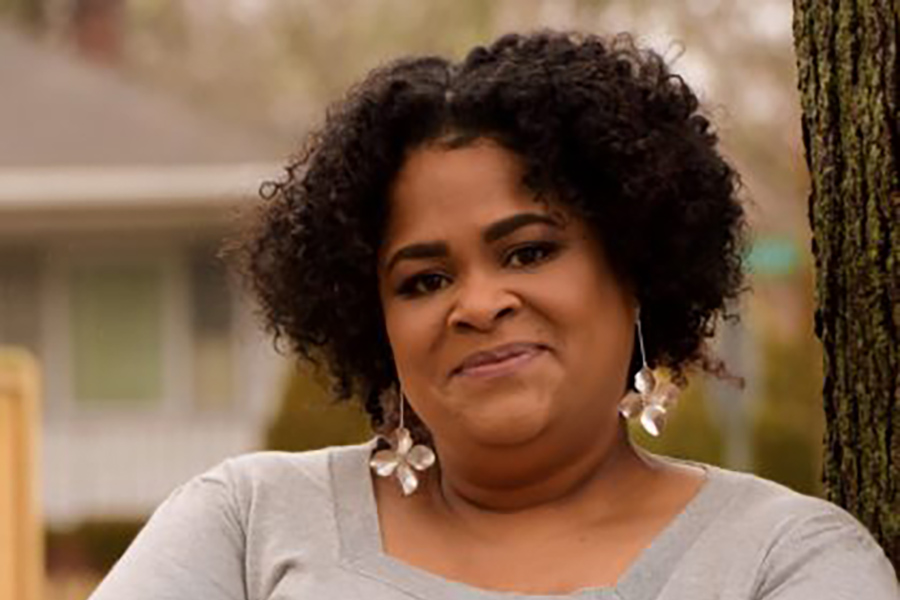
2. No Time for Fear
Natalie Martinez / CEO, Strong Women Strong Girls (SWSG)
As with any exemplary organization, it starts with an exemplary leader. CEO Natalie Martinez directly ties her courageous actions to the young women who will ultimately benefit from the results. In fact, she doesn’t allow herself to miss an opportunity to exhibit the fortitude she has spent a lifetime molding. Here, she shares tips on how to take courageous actions.
The Courage to Do Things Differently
In any position I’ve ever been in, my approach is never to do things just because that’s how it’s been done in the past. We should always bring a fresh approach and question everything. No matter the job or who the people are above me, no matter if I’m the only Black person in the room, I’ve had to say to myself, “This is the right thing to do.” I’ve had to dig deep within my gut, stand on what I believe in, and move forward in that way. I’ve also had the courage to sit in rooms with people I find intimidating to me and who are not like me and advocate for the right thing to do. It’s not always something provocative like improving diversity in an organization. It can be as simple as saying no to spending budget on something that will not benefit our program marketing. To challenge the status quo, I’ve had to lean into my skills and abilities that are not stamped by education or approved by a certain title or role but rather that come naturally to who I am.
Devise and Protect a Strategic Plan
Throughout my career, I’ve learned I have the ability to see organizational structure and know what is needed to make things come together to be successful. For example, at the start of the COVIDd-19 pandemic, I knew that we needed to do a strategic plan instead of waiting for the pandemic to be over and not surviving. Because we had a strategic plan, we could message our funders and community partners what we were doing, so it protected us during a tumultuous time.
Allow Your Personal Experiences to Guide You to a Greater Mission
I represent African Americans. That’s the perspective I come from and the knowledge and culture I draw from — but it hasn’t always been easy to be a woman of color in any room. Whether in a boardroom, at a roundtable discussion with other professionals, or leading a team with diverse backgrounds, I’ve often found myself in the minority. I’ve had to find the courage to be my authentic self and stand up for what I believe in. I must push program managers when they want to do curriculum a certain kind of way, push college mentors to bring everything they are doing back to the girls even though there is a social justice element to our work. I’ve gone through what these girls are going through, and I have that perspective. You don’t have to be from the background I came from to possess this ability. Recognizing your circumstances is key to it all. How do you use that thing in your toolbox? I look at the things in my toolbox, the grit that comes from being Natalie, and its pieces in my toolbox. At the end of the day, you must have a winning attitude.
Keep Fighting Obstacles
Less than 10% of fundraised dollars go to nonprofits created for people of color, and less than 1% goes to nonprofits run by women of color. Black-led organizations have unrestricted net assets that are 76% smaller than their White-led counterparts. This gap in support for Black-led led organizations is the adversity that matters the most to the success of my organization. Being a woman of color and having to fundraise in Boston, where there is a ton of old money and old boys’ networks, has been excruciating. I came to my position with fundraising experience, but I didn’t have access to the philanthropic network that has been in place in the city for decades. I am a leader of a nonprofit that desperately needs operating dollars. The truth is, securing general operating support is all about establishing a trust relationship with the company or foundation, and this requires faith in leadership. This, for me, is funders saying, “I trust you as the leader to do whatever you need with these dollars.” To break through the bias about my identity and earn the faith of donors is a challenge I regularly face as I lead SWSG. I must keep fighting against these barriers to demonstrate that our organization is trustworthy and viable, and able to make an impact for the girls and women we serve. We do make an impact, and we will continue to!
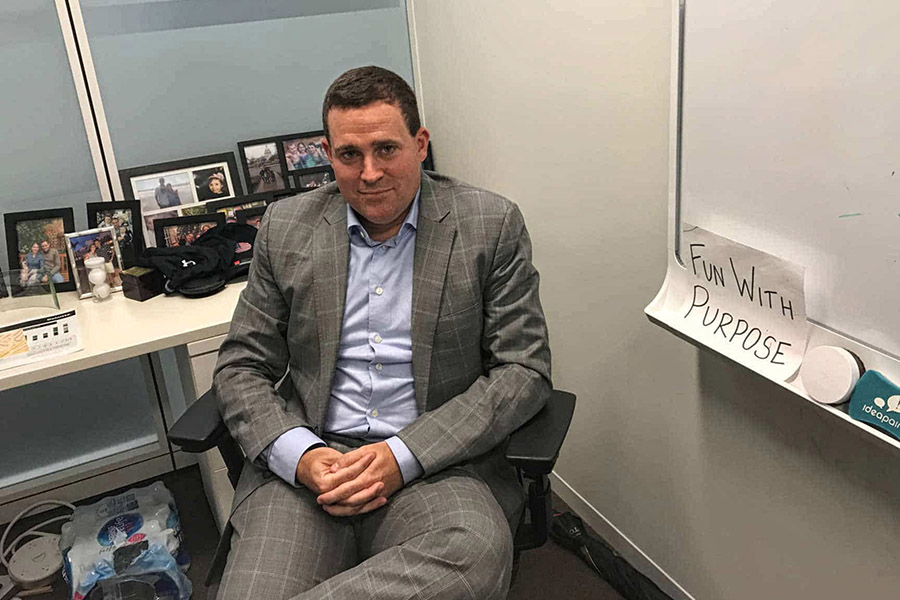
3. Living and Leading Diversity
Dan Helfrich / chairman and CEO of Deloitte Consulting, US
Helfrich leads a team of more than 70,000 professionals who help clients solve their most complex problems. He is also a proponent of creativity, uniqueness, and independent thinking. His values and behaviors started young, which he can clearly trace, as he states in this advisory to you.
Leverage Your Personal Story to Embrace Diversity
It comes from early in life. I came from a diverse family, including three adopted siblings, one of whom is Black. It comes from a life of being on team sports, a total melting pot of socioeconomics, class, personality, characteristics. I’ve been around a diverse range of people my whole life and have always seen teams that perform best when the unique aspects of all people are harnessed. As I began my professional life, I noticed professionally there were so many people mentoring and spending time with miniature versions of themselves. I found myself seeking completely different types of people and really benefiting as mentor and mentee in those two-way relationships.
Recognize Where Others Are and Learn Their Stories
Embrace your authentic self. Consider intention and ease. I have found in my own journey and in seeing others and helping others, particularly women, that the “ease” part is not easy. For many people, that is a practiced learned behavior versus something natural in many ways. It is revealed in the uniqueness of each individual’s — each woman’s — lived experience. Does it manifest itself in people, women, carrying challenges they have from a parenting standpoint? Sure. That is a common moment when women leaders are vulnerable about the pressures they feel to “do it all.” At times, the weight of that is impossible. But sometimes, we equate vulnerability and authenticity with motherhood at the expense of many other interesting things. In fact, I’ve had a couple of moments stick out to me where a woman has spoken out about the decision not to have children or not to be married and articulate the pressures that creates for them. I’ve heard people talk about the cultural nuances, from people of Asian heritage where cultural nuances around gender and the struggles they have had to be authentic to their cultural heritage while being role models for the type of leader they want to be with our culture at Deloitte and societal culture in the United States.
Teach Allyship
I do consider myself an ally. I don’t use the word often to describe myself. I deeply believe in the concept of allyship. I don’t use the word a lot myself because I believe it’s my job to be an ally for all. Am I an ally for women? Absolutely. Black people? Absolutely. LGBTQ members of my team? Absolutely. Particularly as a White male, particularly a White male in power, you are both setting a model and an expectation for the intentionality of supporting those different from you. If that intentionality is associated with allyship, that resonates with me. I tell our people all the time that it is not just OK to be a good person as it relates to diversity and inclusion. Sometimes I talk to people. What are you doing to move the needle? I hear: “I have great values.” “I have lots of friends who are women … gay…” “I make all my decisions in an inclusive way.” My powerful statement is that it is insufficient. There must be everyday intentionality to choices that drive equity, given that many people start from positions of nonequity. It is our role to lift them.
Consciously Develop Your Skills as an Inclusive Leader
Without question, read, listen, and follow the most diverse set of perspectives as possible and spend time with individuals inside and outside of work that are as diverse as possible. To me, it’s all about agile, dynamic leadership to the situation and the moment in society and the company. One of the best ways to make sure you don’t become a leader in a castle who has lost perspective in the world, or a leader in a castle surrounded by other leaders who have many of the same attributes as yourself, is by choosing intentionally to spend your time with as diverse an array of people as possible.


